The success stories of referral programs all around the world abound:
- Dropbox’s referral program resulted in 4 million users in 15 months and increased sign-ups by 60%.
- Koodo’s Refer a Friend program resulted in a 167% decrease in customer acquisition, and 75,000 new customers over a 2 year period. When the brand doubled its reward from $25 to $50, their referrals quintupled.
- Paypal’s referral program increased daily growth by 7% to 10% resulting in a user database of over 100 million.
- Catapult’ program generated over 4,500 referrals in the first 6 months
- Concept’s referral program generated $20,000 in new sales revenue within one month of the program’s launch.
- Coolbot referral program resulted in 10 times the ROI in just a few months
- Amerisleep’s program resulted in a 150% click-through rate (CTR).
The question, therefore, is…
How did these programs actually measure their performance in order to come up with such precise results?
A simple way to think about the ROI of a referral program is to think in terms of costs and revenue, how much you have spent, and the revenue generated from sales. If your sales revenue is higher, then your ROI is positive.
Using a referral program calculator
You can use our spreadsheet referral program calculator to calculate ROI, you can download for you to use. With our calculator you will need to input your customer data. You can calculate the ROI of a customer referral program or partner referral program. The software presents your results in a graphical format and gives you a 3-year prediction of your ROI.

This article further explores the concept of calculating the ROI of a referral program.
Calculating the Lifetime Value of a New Customer
Customer Lifetime Value (CLV) can be defined as the profit that a business can make from a given or particular customer. CLV informs business decisions like marketing, customer support, and product development. It also helps business people decide on how to allocate their financial resources, what to prioritize, and how much to spend on different departments or aspects that determine customer acquisition and retention. CLV is a more accurate aspect of ROI as referred customers will buy from your company for longer, which means that they will spend more. They are also highly likely to refer others.
How then do you calculate CLV?
There are two methods that you can use. Let’s explore them together.
1. Estimation
The first method is estimation. This has two other methods. We will explore each.
Estimation method 1
To calculate CLV, subtract what was spent to acquire a customer from the revenue your company has earned from that individual customer.
You may wonder whether you are actually able to track down what each customer spent. Sometimes this may be difficult, depending on your business model and industry. Sometimes, you may need to estimate a customer’s lifetime value. An example will help us to understand how you can do this.
An example of how to calculate CLV:
If you run a coffee shop for example, and a mug of coffee goes for $2, and that there is a 10% chance of every customer coming back, and you spend $0.2 to acquire each customer, you would calculate CLV by taking your average coffee price ($2) divide by 1 and subtract the repeat purchase rate (10%).
$2/ (1 – 0.1) = $4.22
You then need to subtract the cost of acquiring that customer. Let’s say it’s $0.5.
So, $4.22 – $0.5 =$3.72
So, your company will make a profit of $3.72 from this customer. Please note that this is a very oversimplified example.
Estimation method 2
Step 1: This other method involves dividing the company’s total revenue over a period of time by the number of purchases made over that period of time. In this case, the period of time can be one year. This will give you the average purchase value.
Step 2: Divide the number of purchases over the period of time mentioned in step 1 by the number of unique customers who purchased during that time period. This will give you the average purchase frequency rate.
Step 3: Multiply the average purchase value by the average purchase frequency rate. This should give you customer value.
Step 4: How many years do you think a customer will buy from your company? This should be the average customer lifespan
Step 5: Multiply customer value by the average customer lifespan.
This step should give you the amount of money your company can expect on average to make from a customer, which is in essence Lifetime Value.
As you may have noticed, the second method, even though an estimate, gives a more accurate picture of customer lifetime value. It is also more customized to your company as it uses real
data from your own customers.
2. Using actual customer data
To calculate Customer Lifetime Value, you need to calculate the average customer lifespan. To do this, begin by calculating your churn rate. This could be the number of people who cancel their subscriptions for instance.
An example of using actual customer data to calculate LTV
Let’s say that you have 500 customers, and 10 cancel subscriptions every month. Then your monthly churn rate should be:
100*(10/500)
100* (0.02) = 2%
Your monthly churn rate is 2%.
Let’s calculate the Customer Lifetime Value (CTV or LTV), using the churn rate we just found.

In our example, this should be:
1/ 2%(our churn rate)
1/0.02 (decimal form of churn rate) = 50
This will give us a Customer Lifetime Value of 50 months.
Note that the longer a customer buys from your company, the higher the amount of money they will spend.
Calculating the Value of your Reward
To some extent, rewards in a referral program should somehow compensate customers for the effort put in making referrals, whether it is making a phone call, follow-ups in person or even sharing on social media. The value of reward should be commensurate to the effort the individual puts into making a referral or becoming a referred customer. This compensation should not affect the ROI significantly though.
In this section, we calculate the real value of a reward to a customer. The reward value also determines conversion. The best conversion rates recorded was 13%. The reward value ranged between $41 and $100. Conversion remained stable after a reward value of $100 to 5 to 6%.
An example of how to calculate the value of your reward
You need to work with a specific time period, for instance, one year or 12 months. Let’s say that your referral program is based on a 10% discount for customers who refer others and 10% discount as well for customers who get referred, and your product or service has a basic plan of $50.
To get the value of your reward, you need to consider both the referrer and the referred. Use this formula to calculate the value of your reward:

In our example, the above variables should be replaced by:
12* ((0.1*50) + (0.1*50))
12* ((5+5))
12* 10 = 120
Calculating the Average Value per Transaction (AVT) in $
The average value per transaction can be defined as the average amount that a customer spends in a single transaction. It is seen as an indicator of changes in customer behavior as a result of changes in merchandising strategy, pricing or even season, depending on the niche or industry.
In order to get more useful insights from the average value per transaction, it is advisable to combine it with foot traffic and conversion.
An example of how to calculate the average value per transaction
Divide the retail sales by the number of transactions over a time period, for instance, monthly or annually.
If your monthly retail sales are $250,000, and these are generated from 200 transactions, you will divide the retail sales by the number of transactions.
250,000/200 = 1250
The average transaction value = $1250 over a period of one month.
In this case, where the average transaction value is $1250 and there is a change in marketing strategy and the AVT changes to $1500, you could conclude that the marketing strategy was successful.
Calculating the Transactions per year, per customer
The average value per transaction (AVT) will show you how much each customer roughly spent during each transaction made. How would you know how many transactions a particular customer made over a time period, for instance, a year?
An example of how to calculate the transactions per year, per customer
In the AVT example above, the AVT is $1250 over a month. If you multiply this by 12, you should get the annual AVT.
$1250 x 12 = $15,000
Thus, the annual AVT is $15,000
The question then becomes, the number of transactions one customer make, on average.
We could find this by dividing the annual AVT by the number of customers. If you have 500 customers, then this would be:
15,000/500 = 30
We could then say that each customer, on average made 30 transactions over a one-year period.
As you can see, if you have the average number of transactions per customer, you can work back to the average daily value per transaction per customer.
Calculating the retention rate
Retention rate is calculated as a percentage of the customers who keep buying from you over a defined period of time, vis-a-vis those who do stop.
In your referral program, retention rate can be seen as the percentage of the customers who stay loyal and keep bringing more referrals, or buying from you, thus keep getting the rewards that come with your program, vis-a-vis those who drop off.
To calculate the retention rate of your referral program, you need to consider 3 factors here:
1. Redemption rate:
This will work best if your referral program is loyalty points based. Redemption rate refers to the percentage of points that are actually redeemed for your referral program rewards. The percentage of redeemed points is a reflection of happy customers and referral program success.
An example of how to calculate the redemption rate:

You could customize this formula based on your reward.
If your redemption rate is less than 20%, you may want to look into your referral program, to determine how effective it is. You may find that customers do actually accumulate points, but do not use them. If this is the case, you need to also check what you could do to revamp your referral program.
2. Active engagement rate
This metric should be used together with the redemption rate. It is a percentage of the customers who regularly engage with your referral program. To calculate the active engagement rate, look at customers who have earned or spent points within a stipulated amount of time.
An example of how to calculate active engagement rate

This metric gives insights into the specific number of customers that are engaging with your referral program and helps you determine your program’s success.
The other metric that you should look at is the participation rate. We will look at this in detail a bit later.
3. The Repeat Purchase Probability (RPR)
RPR can be defined as a percentage of the customers who have purchased more than once. Why would you want to calculate RPR? Because it is repeat customers that keep your business going and growing. Repeat customers contribute to 40% of your revenue. Repeat customers are also highly likely to continue using your referral program and referring customers. They are happy customers and therefore tell others about their happy experiences too. You need to have repeat customers buying from you the longest. They will generate more revenue for your business and give you insights that will help you even get new customers and retain them.
An example of how to calculate RPR

Let’s add numbers.
If the number of customers who bought more than once was 300, and the total number of customers your business has in 365 days is 500 (new and acquired)
Then RPR is:
300/500
Calculating turnover rate
It is widely known in the marketing world that acquiring a new customer is more expensive than keeping your current ones. In fact, this survey confirmed that the cost of acquiring customers has increased by 50%. You need to consider the following metrics:
Churn rate
If you can recall, we had looked at a concept called churn rate, when we were looking at how to calculate customer lifetime value. A reminder? In a referral program, the churn rate refers to the number of customers who drop off from your referral program. It could also mean the number of customers who do not make repeat purchases after being referred to your program or business. Churn rate is one of the aspects that you need to consider when calculating the turnover rate.
An example of how to calculate churn rate
To calculate the churn rate, subtract those who have dropped from your referral program from the initial number of subscribers of your referral program over a period of time, then divide the result by the initial number of subscribers.
Let’s add a few numbers here.
The initial number of subscribers at the beginning of the month: 500
Number of customers who dropped off over the month: 75
500-75 = 425
425/500=0.85
The churn rate here is 0.85
Calculating the number of customers that will participate (participation rate)
Participation rate refers to the number of people that your referral program reaches and that have told others about your brand, referral program, or product. It could also factor in data about how people heard about your referral program.
How do you calculate the participation rate?
You need to consider a number of factors:
- The number of contacts in your customer database
- Number of customers served weekly
- Number of reached customers in a specific period of time (weekly, monthly)
- Social media reach
An example of how to calculate the participation rate

If you have 500 customers, and your expected advocate conversion rate is 15%
Then the participation rate is:
500 x 15% = 75
The participation rate should give you a rough idea of the number of advocates that will register for your referral program.
Why measure the participation rate? It helps to monitor how well-targeted your referral program promotional strategy is. It helps to determine the most accurate channels for your referral program to have maximum reach, the quality of your content and calls to action (CTAs), among other factors.
Defining what constitutes a conversion
Conversion is, in essence, the actions that trigger the issuing of a reward. A conversion can be seen as:
- Clicking on the referral link
- Signing up for the referral program
- Booking an appointment
- Actions that were taken after joining the referral program (buying your product, subscribing to your product or service – actions that generate revenue for your company), or even referring others, sharing experiences on social media and/or word of mouth.
- Tangible results like an increase in sales revenue or referrals/ customer base
- Lead generation where the company can follow up with the leads until they close
- Getting a quote
- Moving up a tier
It is important to note that how you define conversions affects your revenue and profits. More importantly, it needs to be in line with your referral program goals and business goals too.
Calculating the aggregate amount that can be rewarded on each conversion
We have looked at what constitutes a conversion, and how rewards are given based on the defined conversions. How do you calculate the aggregate amount that can be rewarded on each conversion?
An example of how to calculate the aggregate amount
Let’s say that you have a successful referral program where each advocate generates 10 referrals. The program has a conversion rate of 10% and brings in 200 new customers per year. The desired ROI from the program is 5x. The referral cost incurred by the program is $8,000 per year, and the program value generation is $50,000 per year. The LTV is $2000 for each customer, and the maximum referral cost is $ 5,000. The internal management cost of running the program is $800 per year and the administration cost of $2,000 per year.
There are several steps to calculate the aggregate amount:
Step 1: Calculate the ROI of a referral program

50,000/5,000
= 10
Step 2: Calculate the value generated
 s x
s x
2000 x 300 x 10 x 10%
2000 x 300 x 10 x 0.1
= 600,000
Step 3: Calculate the referral cost

If the referral program generated a value of $50,000 and the desired ROI was 5x, then the maximum referral cost is:
50,000/5 = 10,000
If the maximum referral cost is $10,000
Then: X + y + 2000 = 10,000
X + y = 10000 – 2000
X + y = 8000
X + y = (referral reward to advocate cost) + (referral incentive to friend cost)
We, therefore, have $8,000 to give advocates and their friends (the people whom the advocates refer)
If there were 200 new customers that resulted from the referral program, you can find the reward value for each advocate and the referral they bring.
$8,000/100 = $80
Remember, the reward value should be commensurate to the effort that customers will put into getting you new referrals.
How to reduce & remove program slippage
No referral program is 100% foolproof. In comes the concept of slippage. What is slippage in the context of a referral program? Slippage can be seen as when customers seek to benefit from the rewards being offered via your program via unauthorized methods.
Examples:
- rewards and incentives being used over and over
- capitalizing on a first-time customer only reward even if one is an existing customer
- customers referring themselves
- customers creating multiple or fake accounts
- sharing referral links on unapproved sites
- using computer bots to “beat the system”
Slippages result in loss of revenue, and less ROI, and worse still, you do not get new customers.
Reducing and removing slippages
Here are a few ways you can reduce slippage.
Give a reward that is balanced
Your reward does not need to be too low, as this will not attract many advocates. Do not give a reward that is extremely valuable, as it is one way to attract referral fraud. A balanced reward will make your customers happy enough to bring in more referrals while reducing the number of people who would want to “beat the system”.
Flag IP addresses
You may want to use a click-fraud detection service that detects multiple referral attempts from the same IP address. The fraud detection service will then automatically block fraudulent IP addresses.
Choose rewards that are not cash-based
Cash-based rewards are highly likely to attract fraudsters. Other reward options like points are much better as they require a prior relationship with the customer.
Use a reputable referral management software
One of the factors that you need to consider when purchasing referral software is whether it can block fraudulent activity.
Implement cookies
You need to control the cookie types that you have on your site to prevent people from fraudulent activities within the same cookie session.
In conclusion
Calculating the ROI of your referral program can be a bit hectic, but the insights gained from the process make the process worthwhile. You need to consider each of the factors discussed above, from the lifetime value of a customer, reward value, average value per transaction, transactions per year per customer, retention rate, participation rate, defining what constitutes a conversion, the aggregate amount that can be rewarded per conversion, and reducing as well as removing program slippage.

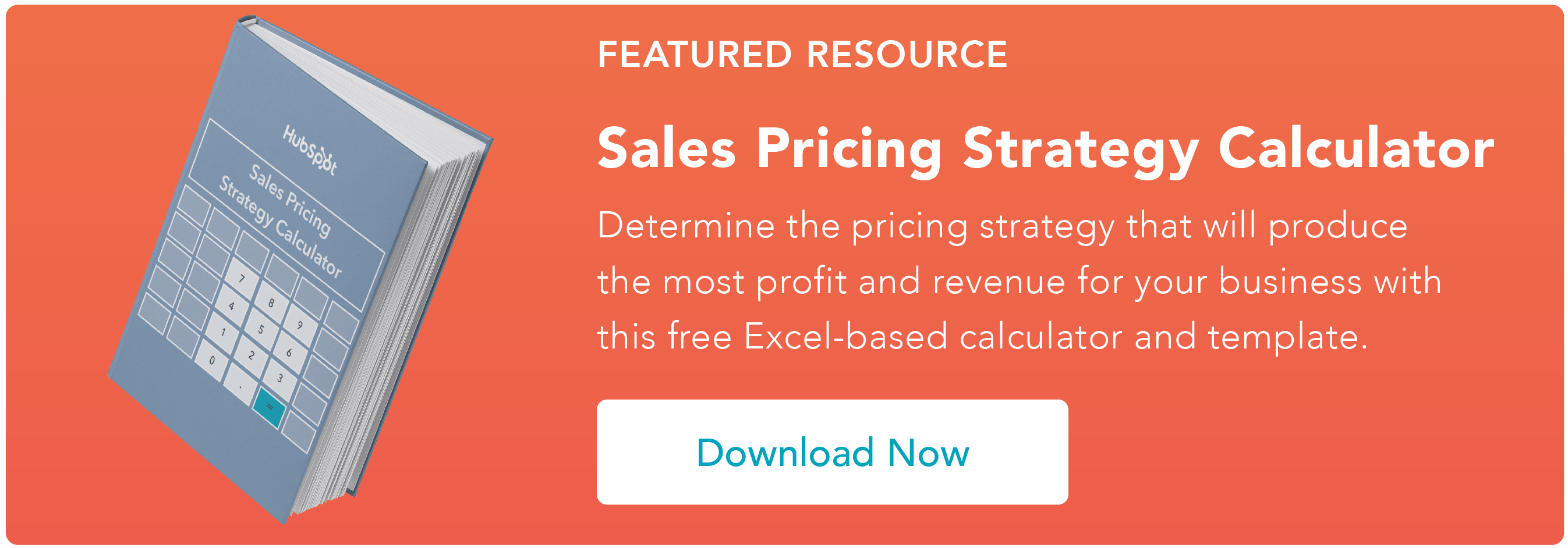

 A founder posed me a question earlier this week: Do you have any data/perspective on whether it’s worth keeping the unassisted free trial flow vs. providing only one path which leads to a demo and an assisted free trial? This is a complex question. Let’s break it down.
A founder posed me a question earlier this week: Do you have any data/perspective on whether it’s worth keeping the unassisted free trial flow vs. providing only one path which leads to a demo and an assisted free trial? This is a complex question. Let’s break it down.








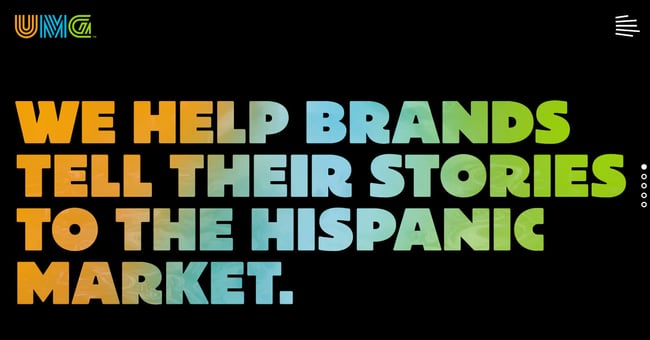

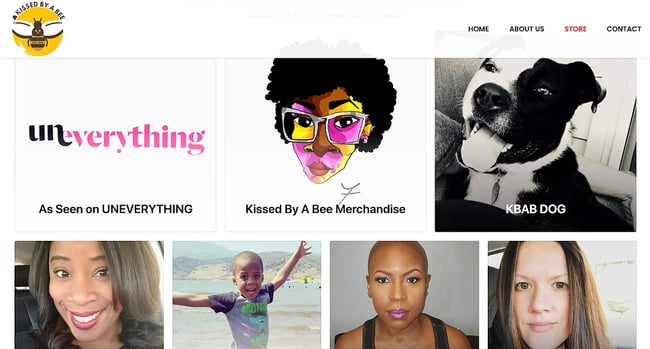


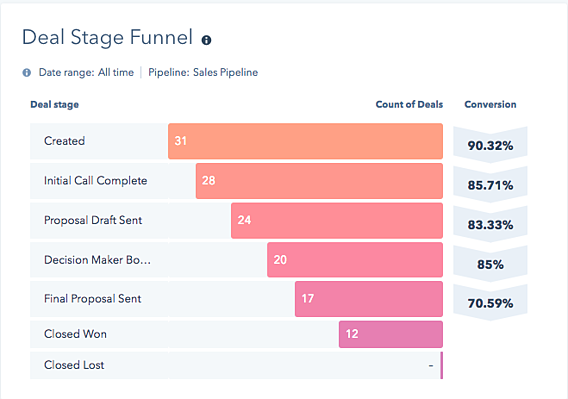
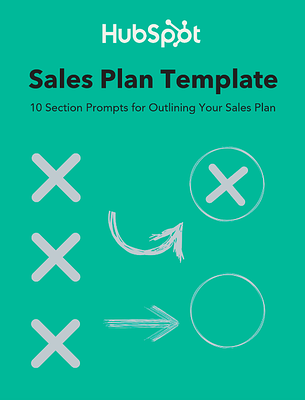



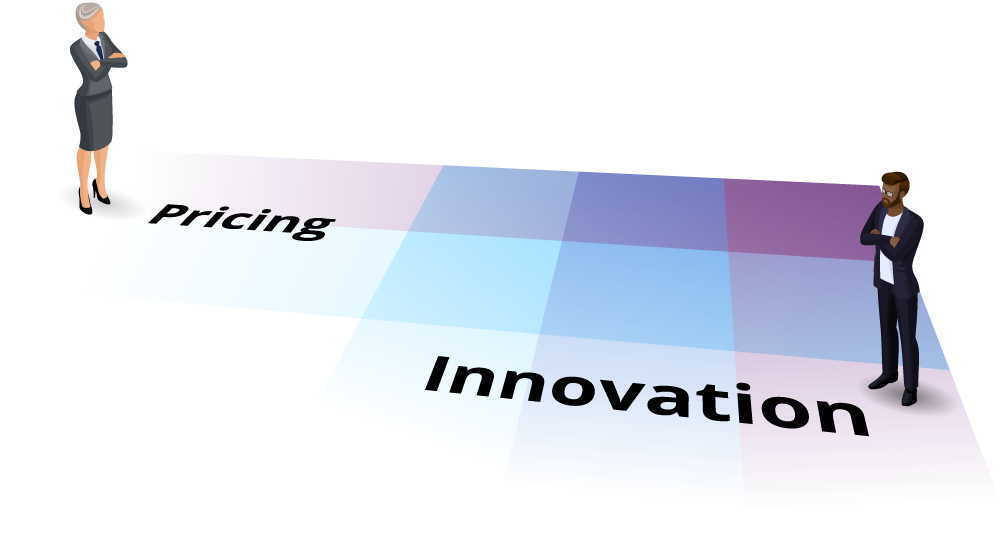
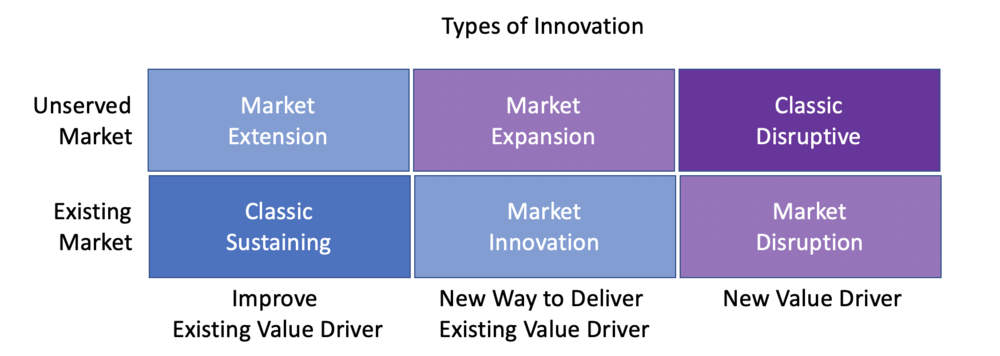
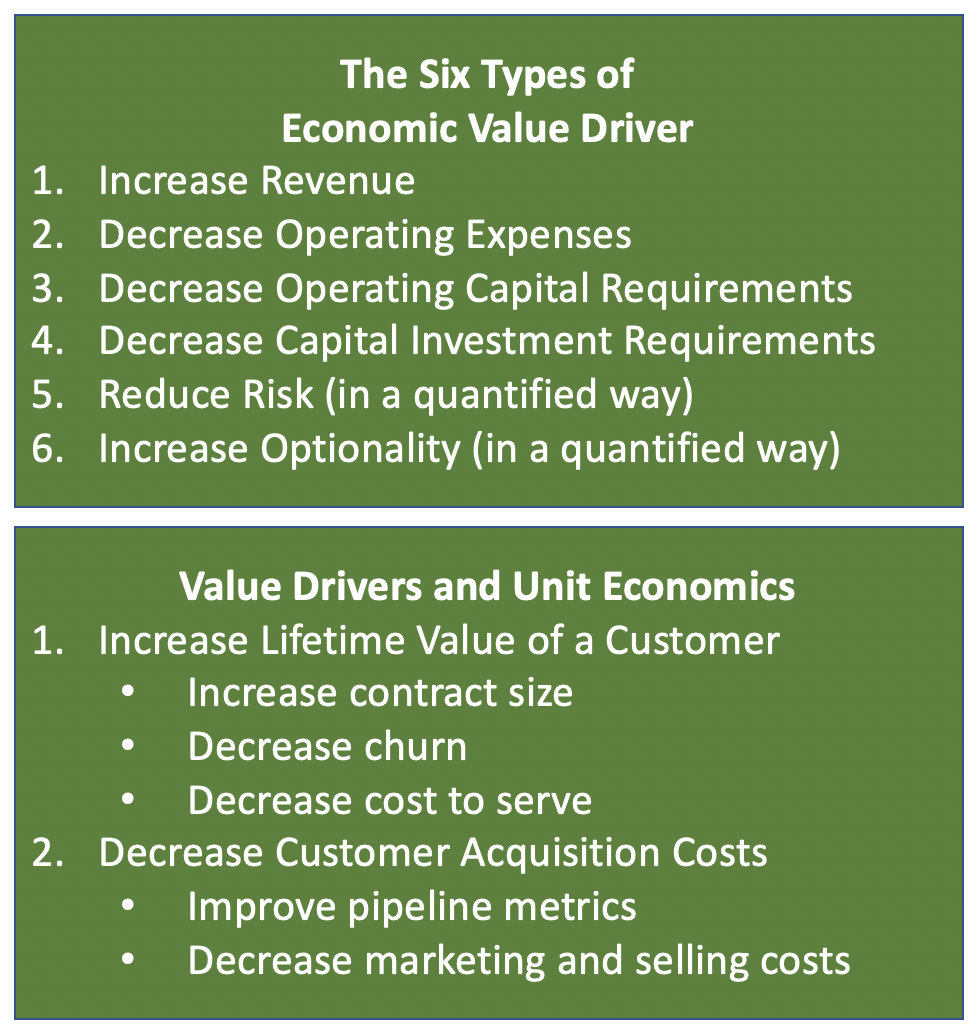
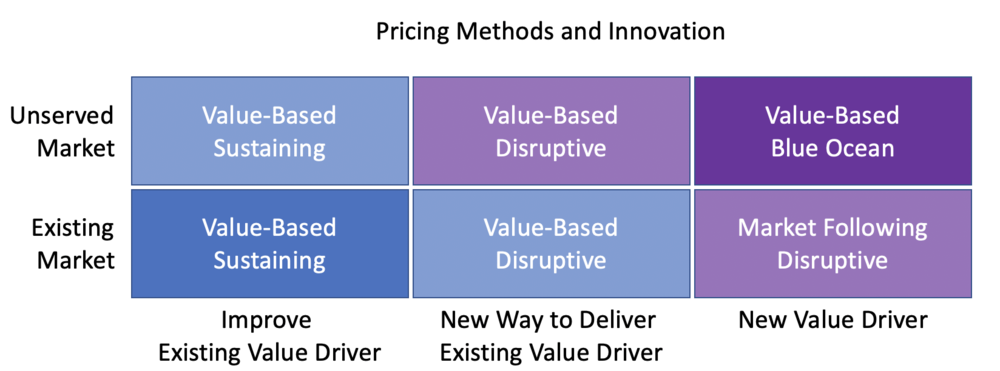
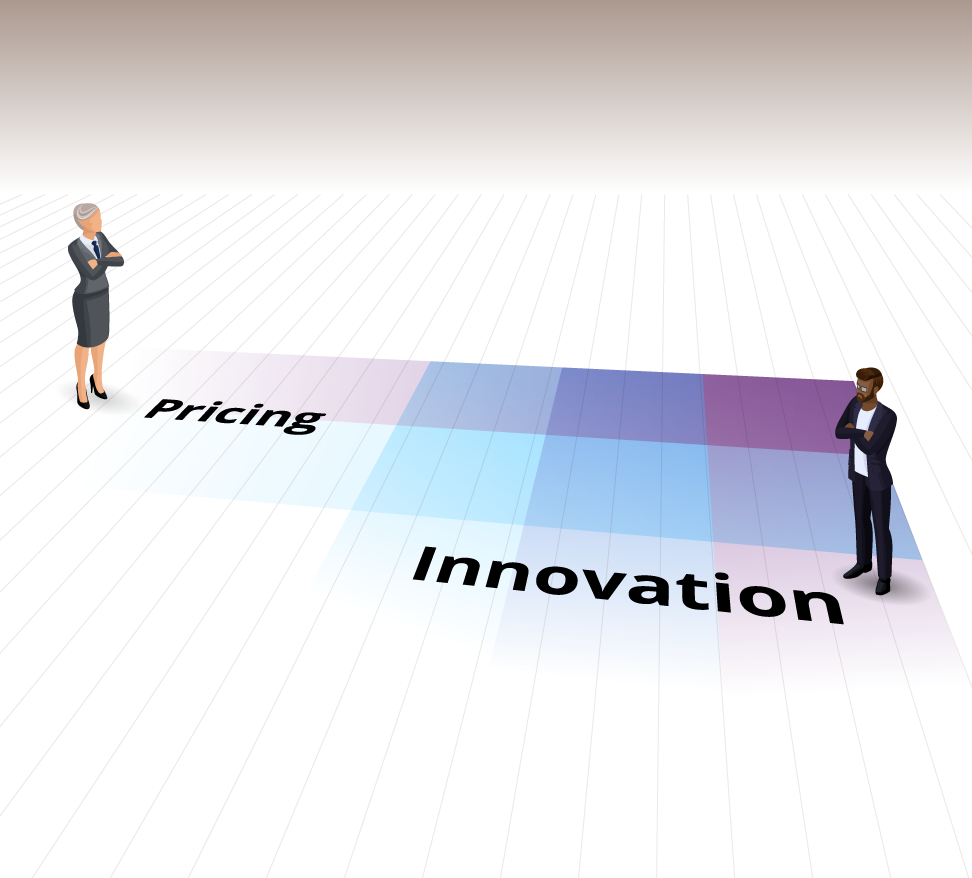
























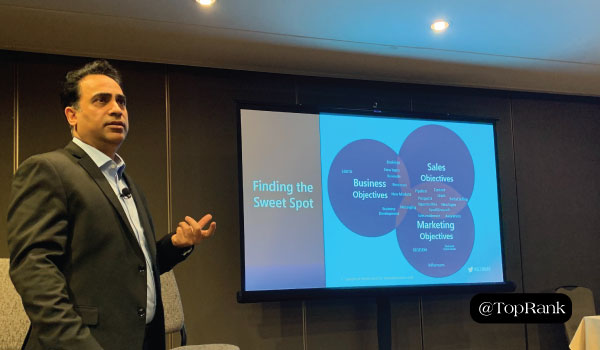

 Andrea Bowler is the proud owner of
Andrea Bowler is the proud owner of 












 s x
s x






